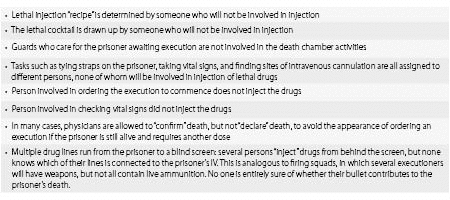Table 49.2. Fractionalization of responsibility during executions to diffuse responsibility

(Note: not all institutions have identical execution processes, so these examples may not be universal)
the execution procedure; monitoring vital signs on site or remotely (including monitoring electrocardiograms); attending or observing an execution as a physician; and rendering of technical advice regarding execution. In the case where the method of execution is lethal injection, the following actions by the physician would also constitute physician participation in execution: selecting injection sites; starting intravenous lines as a port for a lethal injection device; prescribing, preparing, administering, or supervising injection drugs or their doses or types; inspecting, testing, or maintaining lethal injection devices; and consulting with or supervising lethal injection personnel.20
The American Society of Anesthesiologists (ASA) also states that capital punishment in any form is not the practice of medicine, and agrees with the AMA’s position on physician involvement in capital punishment.21
In February of 2010, the American Board of Anesthesiology announced that an anesthesiologist’s participation in an execution by lethal injection is inconsistent with the ABA’s Professional Standing Policy, and diplomats of the ABA who participate in lethal injection may be subject to disciplinary action including revocation of their ABA diplomate status.22
Key points
• Physician professional organizations consistently state that it is unethical for physicians to be involved in executions.
• Arguments for physician participation in lethal injection usually rely on principles of beneficence (relieving suffering) and respect for autonomy (of the prisoner).
• Lethal injection is plagued by complications that cause physical suffering in a substantial number of cases.
• Arguments that lethal injection respects a prisoner’s “autonomy” are flawed, in that they confuse “choice” with “autonomy.”
• Physician aid-in-dying for patients suffering from medical disease, is ethically distinct from execution of condemned prisoners. Dying patients suffer from adverse circumstances, and are not manipulated by an intentional third party. Condemned prisoners, on the other hand are being coerced by human actors.
• Participation in executions leads to moral disengagement by members of the execution team; methods of moral disengagement such as dehumanizing the prisoner or deflecting responsibility for actions, are antithetical to the professional ethics of physicians.
• The morality of participation in executions cannot be divorced from the morality of capital punishment. Global characteristics suggest that the death penalty is applied capriciously, unequally, and does not fulfill the public’s expectations for security and emotional closure.
• Anesthesiologists who participate in lethal injection in the US now risk professional sanctions.
References
1 Farber, N.J., Aboff, B.M, Weiner, J., et al. (2001). Physicians’ willingness to participate in the process of lethal injection for capital punishment. Ann Intern Med, 135, 884–8.
2 Espy, M.W. and Smykla, J.O. (2003). Executions in the United States, 1608–1991: The Espy file. 2002. Retrieved from The Inter-University Consortium for Political and Social Research. http://www.icpsr.umich.edu/icpsrweb/ICPSR/studies/8451?archive=ICPSR&q=espy
Stay updated, free articles. Join our Telegram channel

Full access? Get Clinical Tree




